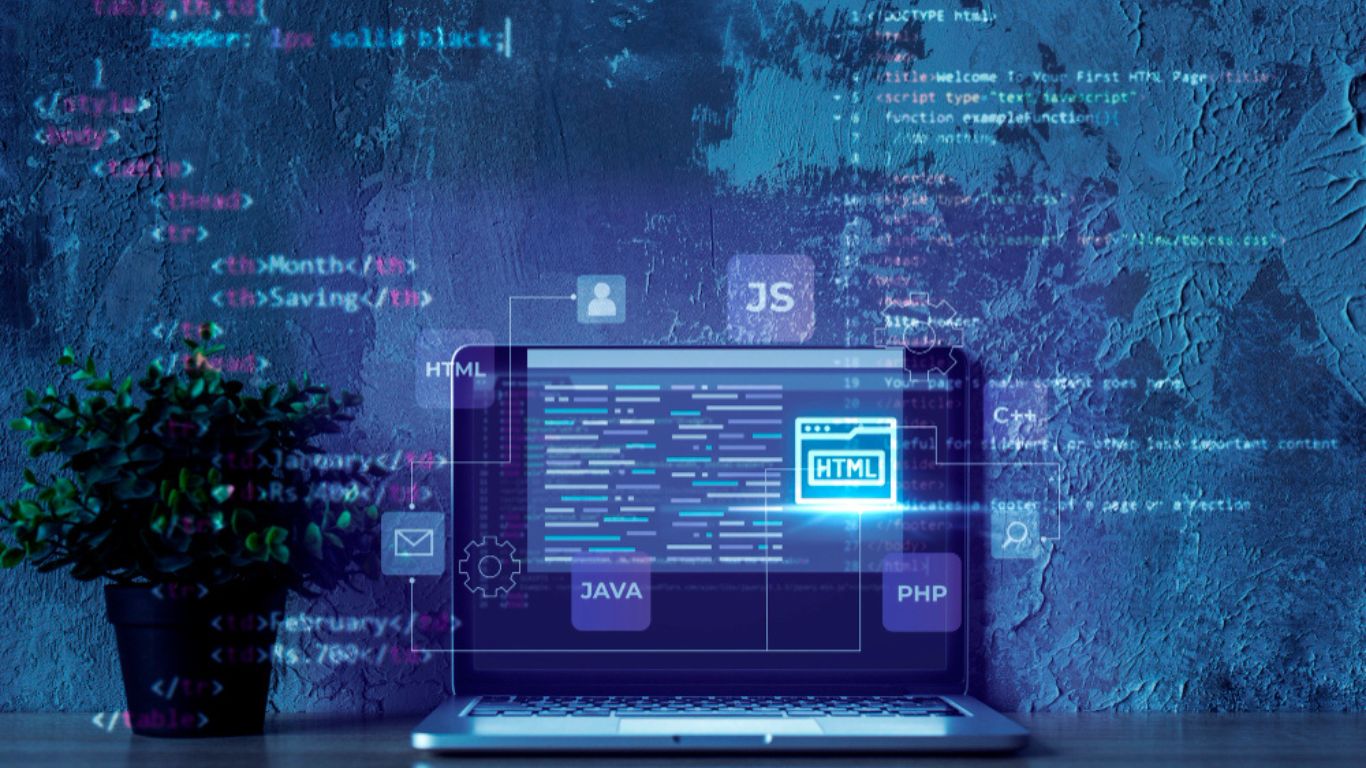The digital revolution that has transformed society over the last few decades owes much to the development of various programming languages. As programmers sought better ways to give instructions to computers, programming languages evolved from rudimentary machine code into user-friendly, English-like languages that enabled the creation of the software powering the digital era.
This article will explore some of the most influential programming languages that set the foundations for modern software and made concepts like online management software possible. While by no means an exhaustive list, it covers languages that pioneered new programming paradigms, simplified software development, or popularized commercial computing.
COBOL – Powering Business Computing
COBOL, which stands for Common Business-Oriented Language, was developed in 1959 and catered specifically for business, finance, and administrative computer systems. Unlike earlier languages like FORTRAN or Lisp which appealed more to scientists and academics, COBOL was designed for commercial data processing.
The easy-to-understand syntax drew inspiration from English and enabled business users and analysts to read and write COBOL code. By incorporating capabilities tailored to business use like record handling and string manipulation, COBOL rapidly became popular in the finance and public sectors. Major banking systems, government social security systems, and ERP software relied on COBOL code written by the 1970s.
Even today, with languages like C++ and Java dominating software development, billions of lines of COBOL code still underpin many core banking and ERP systems. As businesses digitized records and operations in past decades, COBOL played a vital role in automating previously manual back-office functions.
C – Creating Portable Software
The C programming language was created by Dennis Ritchie between 1969 and 1973 at Bell Labs to overcome limitations with prior languages like B, BCPL, and Assembly. Unlike preceding languages tailored for specific hardware platforms, C was designed as a general-purpose language, including features like data types and recursion.
The lean yet versatile nature of C made it perfect for developing operating systems and system software. Unveiled with the Unix operating system, C became indispensable for any system-level work from drivers to kernels. UNIX and Linux, which now dominate servers and data centers around the world, are written predominantly in C.
Another key strength of C is its portability. C abstracts underlying hardware resources through the standard C Library, enabling C code to be compiled to target devices from mainframes to embedded systems. Consequently, programmers leveraged C to write applications and software tools that proliferated through the 1980s and 1990s as computing left the realm of scientists and large enterprises. From games and graphics to databases and industrial systems, C has been the foundation for much of modern computing.
Python – Simplifying Software Engineering
Python emerged in the 1990s as a general-purpose programming language like C but with a focus on code readability, conciseness, and overall developer, productivity. Guido Van Rossum specifically designed Python to enable simpler and faster software engineering versus alternatives like C, C++, and Java.
Python differentiates itself through its simple yet elegant syntax modeled after natural languages. The avoidance of punctuation dense and rigid grammar found in earlier languages makes Python code straightforward to write and easy to maintain. Python also embraces capabilities from functional programming like list comprehensions, higher-order functions, and generators that offer powerful data processing capabilities with minimal code.
These software engineering advantages coupled with extensive libraries for tasks ranging from web development to machine learning have made Python one of the most widely used programming languages today. YouTube, Dropbox, and Instagram all rely on Python to power large portions of their backend infrastructure. Python has also become a go-to language for data analysis and AI applications in fields from finance to healthcare.
Java – Enabling Enterprise Computing
While C and C++ dominated systems and desktop software in the 1980s and 1990s, building robust enterprise applications required languages tailor-made for business. Java emerged in 1995 as a high-performance object-oriented language while also offering automatic memory management and simplified multithreading. Combined with its platform independence, these capabilities made Java an ideal choice for server and enterprise computing.
Rather than compiling Java down to platform-specific machine code, the Java compiler generates platform-neutral bytecode executable on any system running the Java Virtual Machine (JVM). This architecture enabled Java to powerfully deliver on the promise of “Write Once, Run Anywhere”, simplifying the development of enterprise client-server applications.
Java rapidly gained adoption in sectors like finance, healthcare, retail, and telecom for building distributed enterprise systems. Today, over 3 billion devices run Java. Nearly every major business application from ERP suites like SAP to online school management software relies on Java code running on application servers and backend infrastructure.
Conclusion
Many programming languages have played instrumental roles in the growth of digital technology over the last sixty years. COBOL-powered business computing, C-created portable system software, Python simplified general application development and Java-enabled robust enterprise applications. Each language brought innovations spanning capabilities, architectures, syntax, and programming paradigms that collectively shaped the foundations of modern computing.
As technology continues evolving, so will programming languages. But the contributions of languages discussed here will endure through the decades of code still powering critical systems across industries. Understanding their lineage helps provide context into today’s technologies and the future software powering the next digital revolution.
FAQ’S
Q. What was the first widely used high-level programming language?
A. COBOL, released in 1959, was the first widely adopted high-level language tailored for business use, powering financial, governmental, and enterprise systems.
Q. How did C simplify software development?
A. C was designed as a general-purpose language providing high performance, flexibility, and portability, enabling the creation of reusable code and tools that could run on various hardware platforms.
Q. What key advantages made Python very popular in recent years?
A. Python’s simple yet powerful syntax, extensive libraries, and capabilities for automation, machine learning, and data analysis have boosted its adoption for a wide range of modern applications.
Q. How does Java enable “Write Once, Run Anywhere”?
A. Java code is compiled into platform-neutral bytecode rather than machine code, allowing Java software to run unmodified on any supporting hardware architecture through the Java Virtual Machine (JVM).
Q. Which recent languages show the most future promise and growth?
A. Languages like Python, JavaScript, Go, Rust and Swift are rapidly evolving with expanding capabilities around areas like machine learning, cloud computing, security, and performance.












